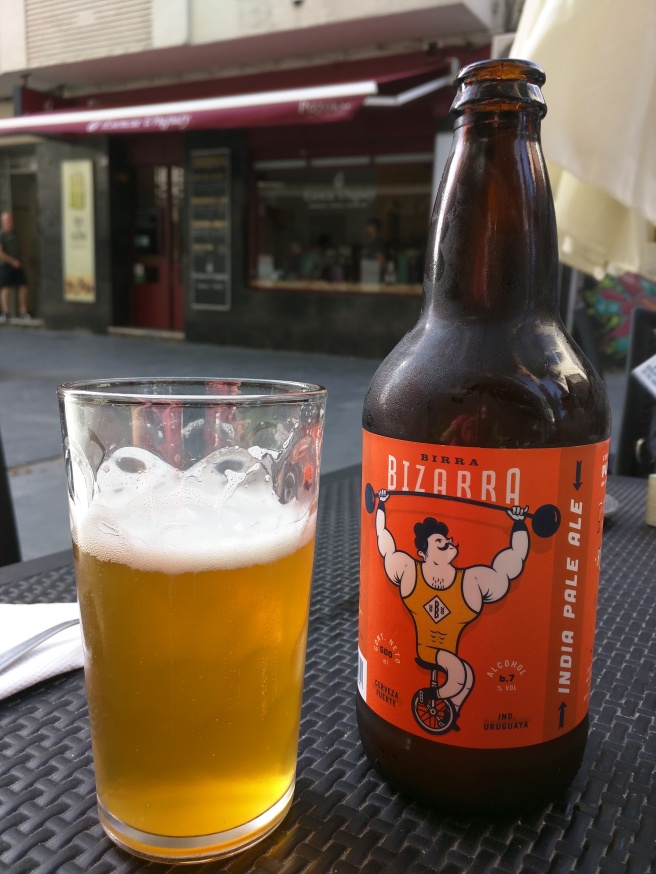The Cayman Islands weren’t on our short list of places to visit but you become very limited on options when you have a very specific time frame to travel and are trying to avoid Zika. When we found out we were pregnant we immediately began thinking about where we could go on a “babymoon”, the last trip before we became a family of three. We needed to travel over the holidays and wanted to go somewhere warm. We narrowed it down to the Caribbean where there were three islands that were Zika free. Of the three islands, the quickest for us to get to was the Cayman Islands so we made the plans to be there over New Year’s.

Most tourists end up staying on Seven Mile beach which is a stretch of white sand beach that is covered in hotels and condos. We ended up staying at a great Airbnb in Bodden town which is about halfway between Seven Mile beach and Rum Point, another popular tourist destination. You could drive around the whole island in about 2 hours so it was a good place for us to be so we could be close to Seven Mile but off of the beaten path.



Most of our vacation was spent relaxing, exploring the island, and eating at some great local restaurants. A few of our favorites were:
- Heritage Café, a local joint serving fresh fish either Cayman style, coconut, or pineapple.
- Kaibo Beach bar, a hipster restaurant and beach bar near Rum Point. They had a great view, food, and drinks.
- Casa 43, a great Mexican restaurant near Seven Mile beach, they have a great tequila selection, awesome snapper ceviche.
- Czech Inn, this restaurant is getting a call out because it was right across the street from our Airbnb, was byob, had fresh fish and jerk chicken, and we ended up eating her 4 times.
- Rankins Jerk, a jerk shop in Bodden town where mostly locals visit. Great jerk chicken and worth the trip from Seven Mile for some local food.


Dan ended up diving two days while we were there. The island has over 200 dive sites and some beautiful coral.



Another must do is to go to Stingray city, a sand bar off of the island where you can swim with stingrays and hold them! We took the sunset cruise out there which was good choice because you miss the cruise ship rush and get to sail back during a beautiful sunset. While we were on the island we saw 3-4 cruise ships a day and the locals said there could be up to 7 in the harbor at once.

Being limited on the amount of scuba diving we could do since Dan was the only one diving, we were searching for other activities and found the Cayman Crystal Caves. They have over 100 caves and currently only 3 are open to the public. The best one is the last cave that has an underground lake.



We ended up driving around the island exploring and stumbled across a set of concrete sculptures that someone has put up in their front yard. Don’t forget to drive on the left hand side of the road! Also driving around you can appreciate all of the massive homes on the island. Apparently Grand Cayman doesn’t have property taxes so you can plant your money here in real estate.
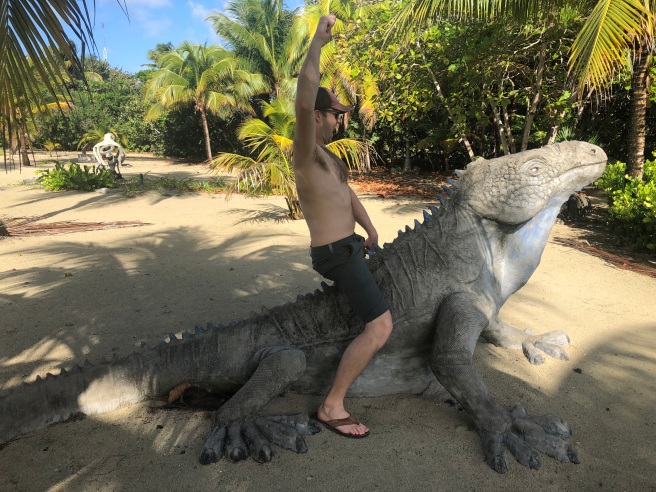

Top 5 things to do in Grand Cayman:
- Have a drink at Kaibo beach bar
- See the Cayman Crystal Caves
- Dive one of the 200+ dive sites
- Swim with the Stingrays
- Eat fresh fish and conch fritters or jerk chicken at a local joint





















































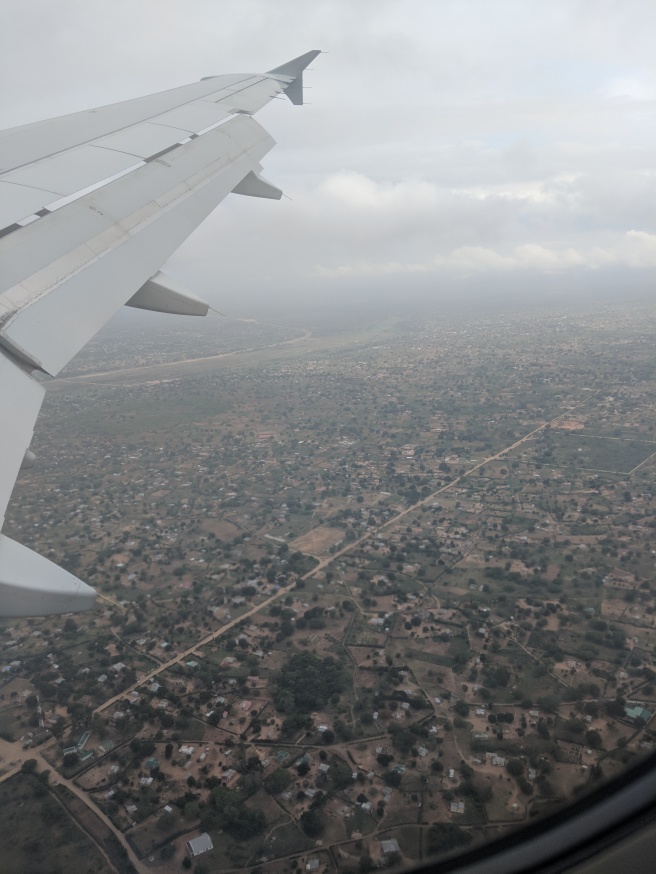














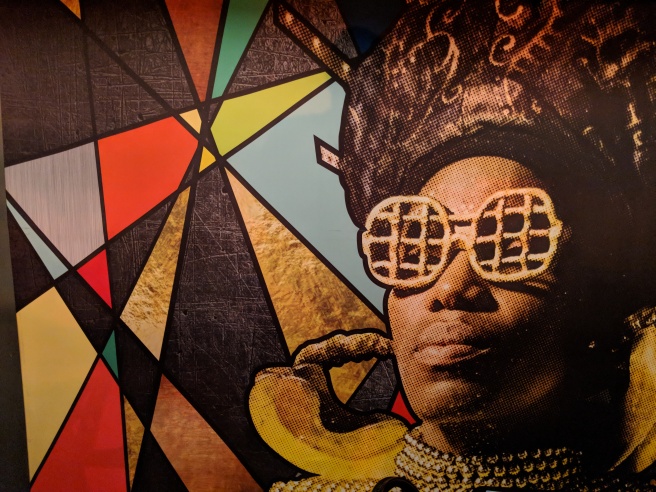










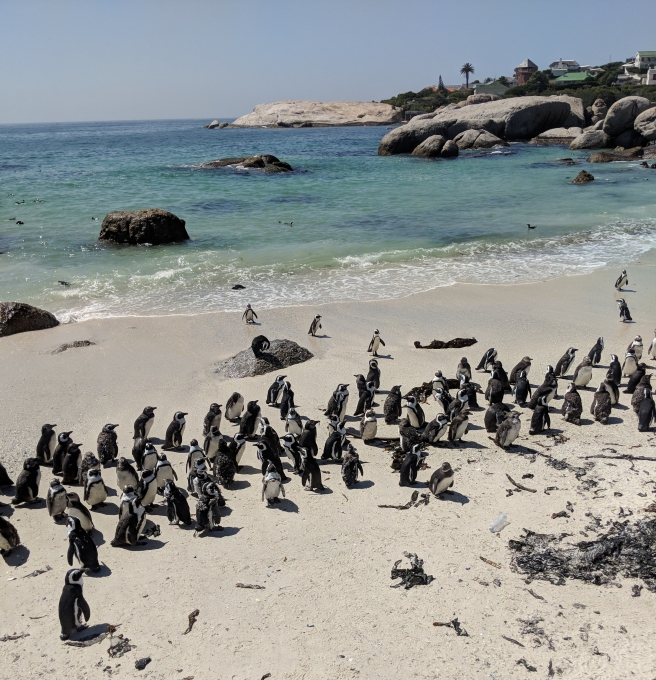








 The Metrocable network is made up of gondolas that were built to connect some of the cities most vulnerable residents and offer them transportation to jobs, stores and opportunities.
The Metrocable network is made up of gondolas that were built to connect some of the cities most vulnerable residents and offer them transportation to jobs, stores and opportunities.

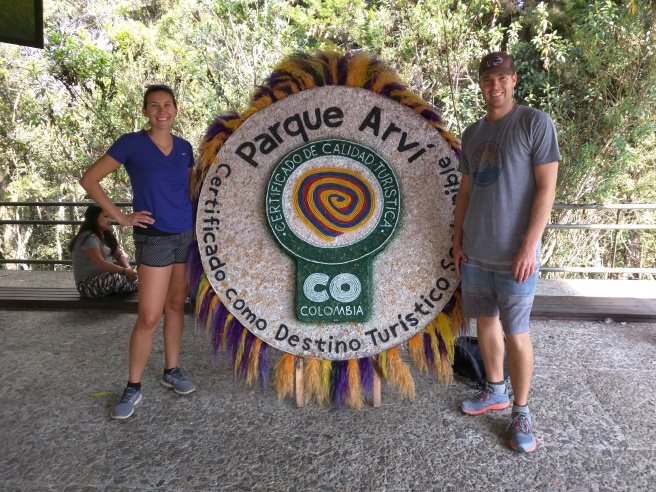





 What a way to spend our last day of this great adventure. We are so blessed to have been able to finish this walkabout. We are so excited to finish strong celebrating Adrienne and Kevin’s wedding!
What a way to spend our last day of this great adventure. We are so blessed to have been able to finish this walkabout. We are so excited to finish strong celebrating Adrienne and Kevin’s wedding!









































